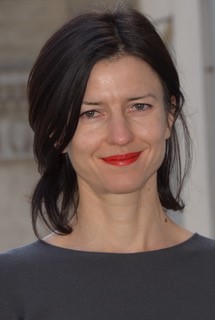
distinguished lecture series presents
Mina Aganagic
UC Berkeley
Research Area
Particle Physics
Visit
Tuesday, May 12, 2020 to Thursday, May 14, 2020
Location
All virtual lectures will be hosted on Zoom: https://ucla.zoom.us/j/9264073849

distinguished lecture series presents
Particle Physics
Tuesday, May 12, 2020 to Thursday, May 14, 2020
All virtual lectures will be hosted on Zoom: https://ucla.zoom.us/j/9264073849

 Anima Anandkumar
Anima Anandkumar